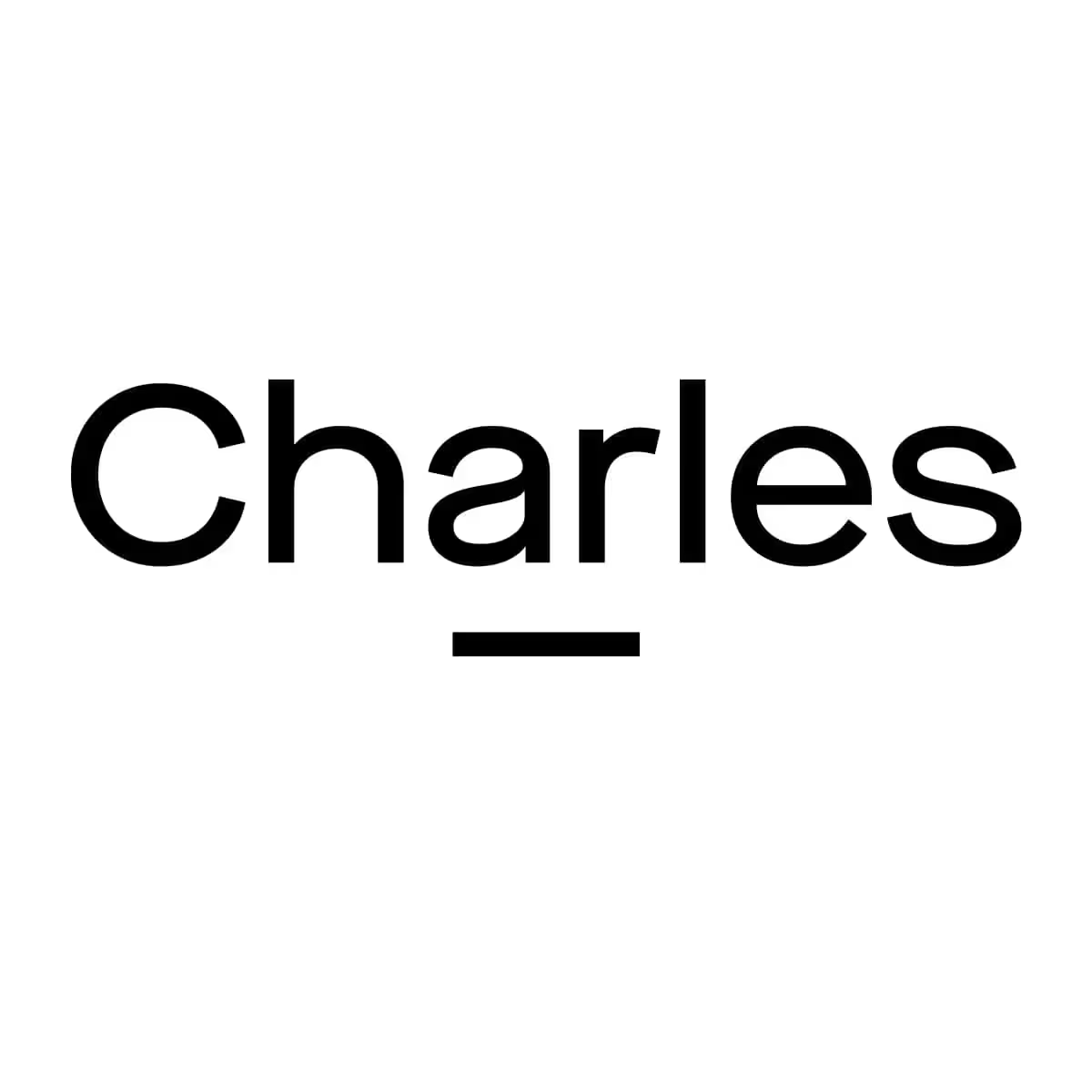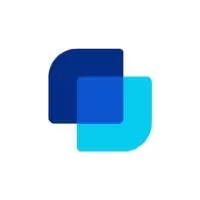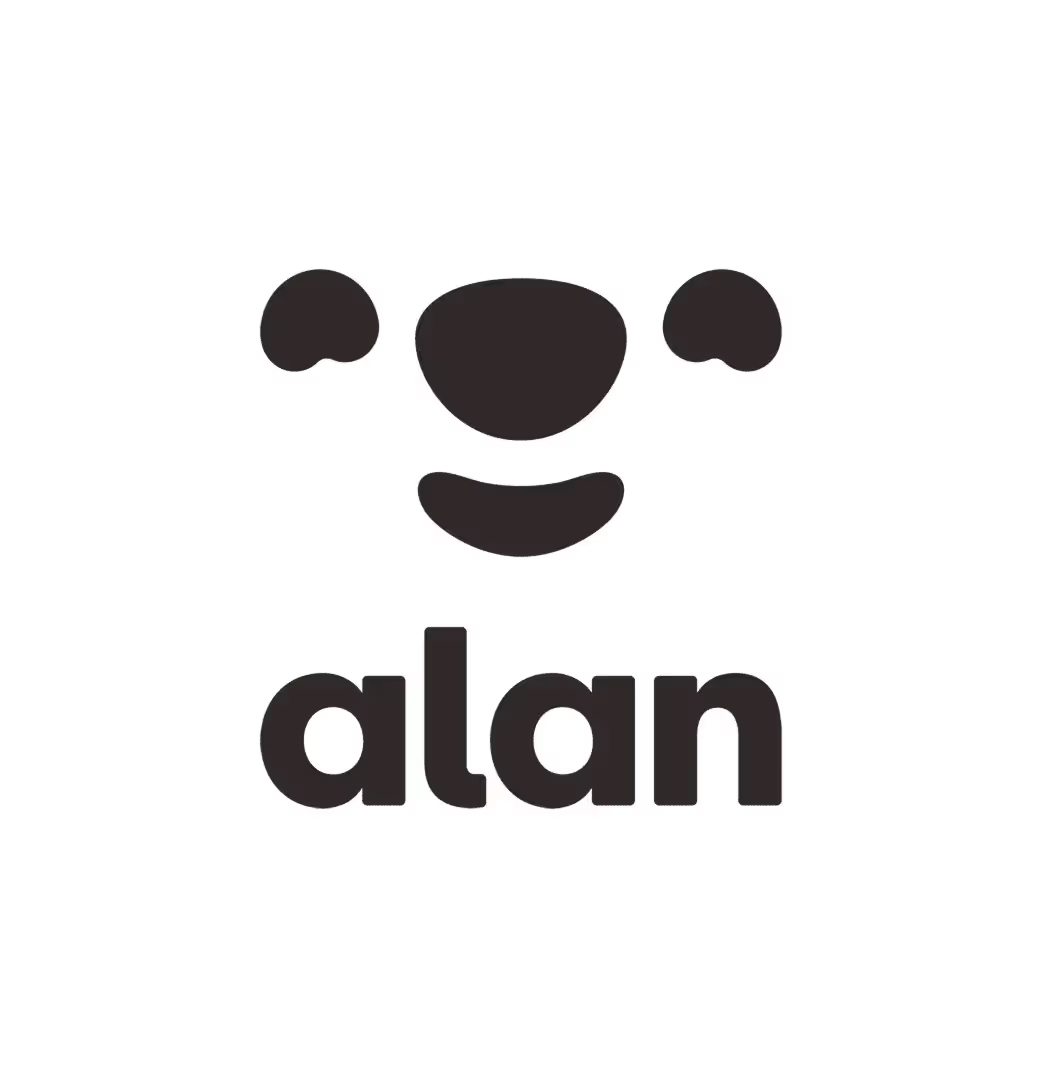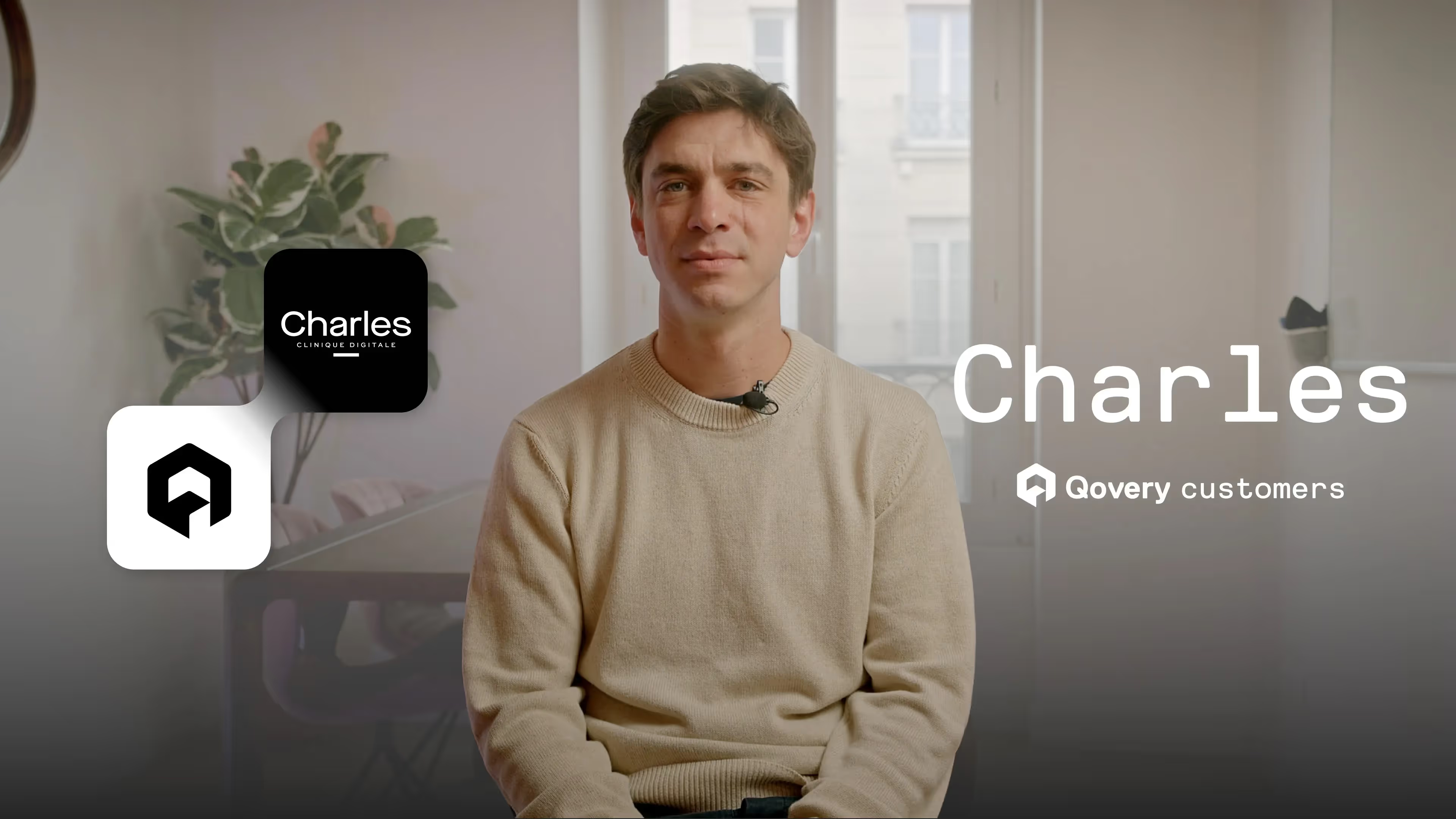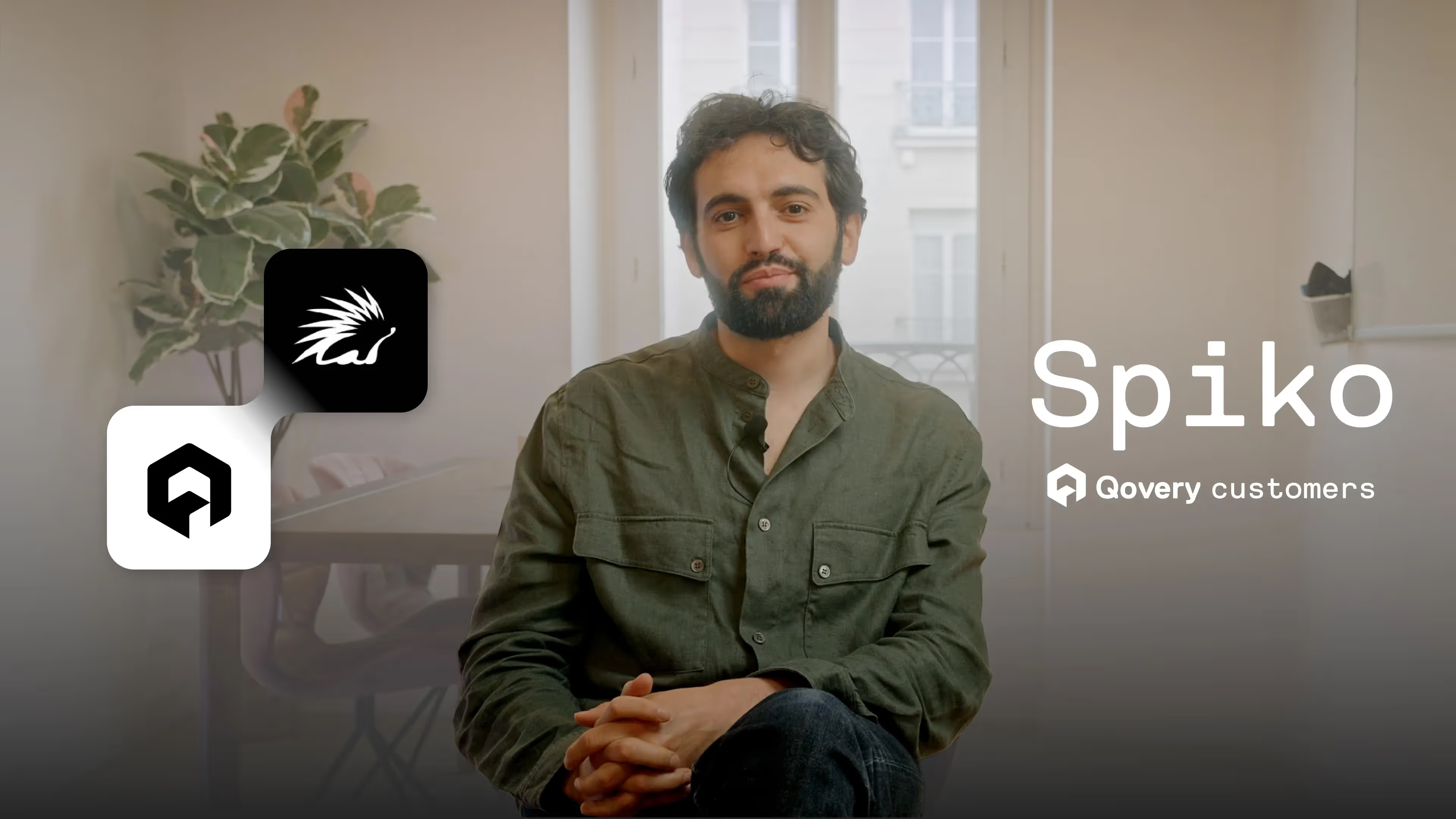Real results. Real teams. Powered by Qovery
See how real teams fix deployment challenges with Qovery by streamlining workflows, scaling effortlessly, and driving real business impact.
Browse Through our Case Studies
Thank you! Your submission has been received!
Oops! Something went wrong while submitting the form.
.svg)
Global stats customers story
50%
Overall engineering
time reduction
25%
Cloud costs reduction
x5
Faster deployments
achievement
200%
Accelerate Developer
Velocity

.webp)


